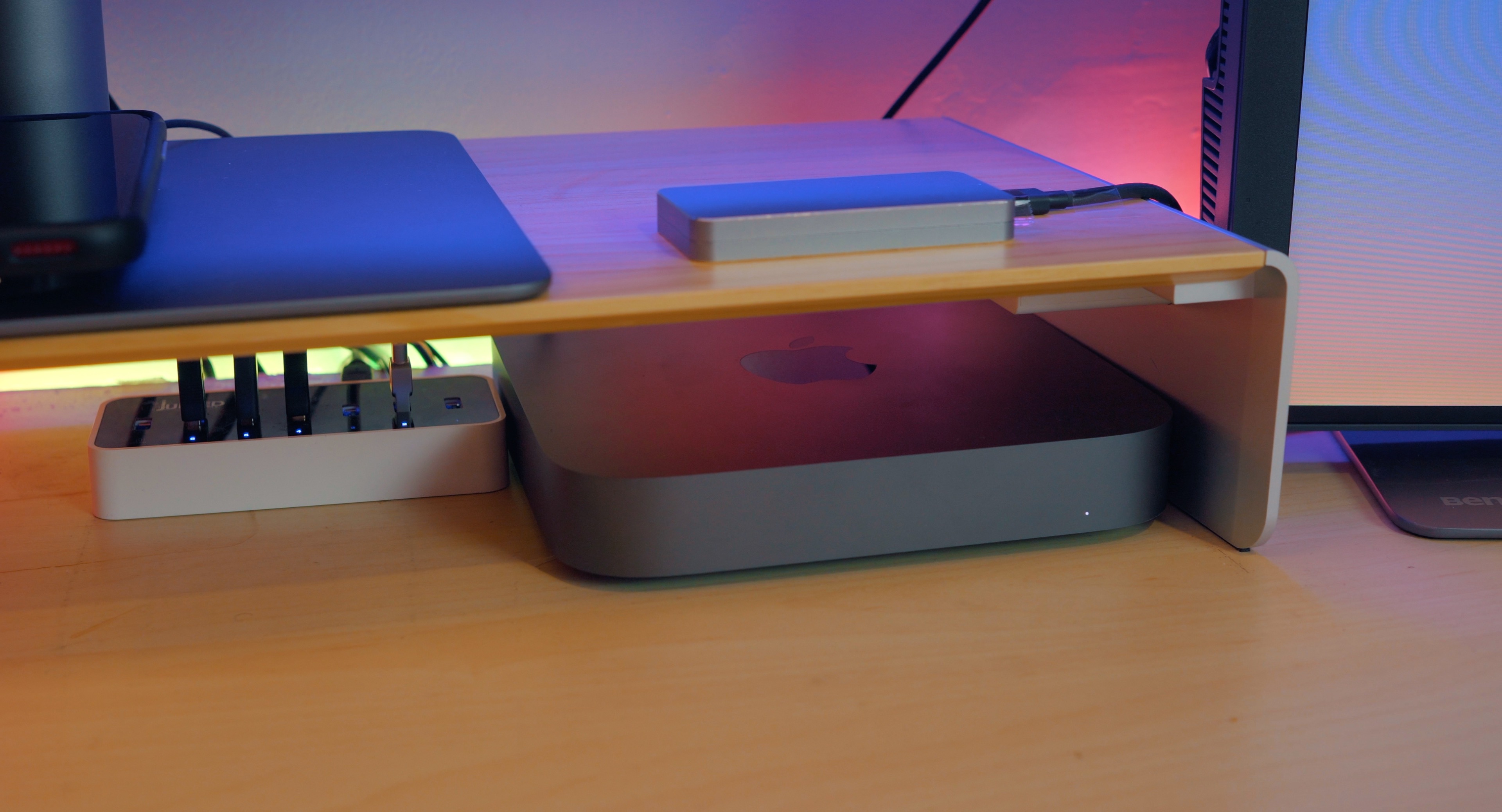

- #MAC MINI VIDEO EDITING 2018 UPGRADE#
- #MAC MINI VIDEO EDITING 2018 PRO#
- #MAC MINI VIDEO EDITING 2018 PLUS#
- #MAC MINI VIDEO EDITING 2018 SERIES#
This was woefully underpowered for any serious graphics work, such as video editing. One of the big limitations of the original Mac mini was its reliance on an Intel Iris graphics card. If you are someone living with constant deadlines, who does a lot of effects and color grading, and needs projects exported “yesterday or sooner,” then a faster GPU makes sense. If you are a student, a hobbyist, or someone with indeterminate deadlines, there’s no compelling reason to get a faster GPU the faster speed doesn’t justify the cost.

All you are getting when you purchase a “higher-grade” GPU is more speed. A graphics processing unit is optimized for pixel manipulations: texturing, rendering, color grading, exporting… anything that involves manipulating the colors of pixels.

Here’s the key point behind deciding which GPU to get. Based on this, I’ve changed my recommendations for both RAM and SSD capacity.
#MAC MINI VIDEO EDITING 2018 SERIES#
UPDATE: I’ve been using the Mac mini outlined here for about two weeks, and running a series of media compression tests with it. These single-threaded codecs take advantage of pure CPU speed more than the GPU. While some video transcoding and compressing codecs are multi-threaded (which means they take advantage of multiple cores in a CPU), many others are not. When it comes to optimizing a computer system for video compression, my priorities shift: However, the Mac mini does not give us an internal choice for GPU.
#MAC MINI VIDEO EDITING 2018 PRO#
Increasingly, both Final Cut Pro X and Adobe Premiere Pro CC are leveraging the GPU for effects, rendering and export. When it comes to optimizing a computer system for video editing, when you can’t purchase the top of the line, here are my spending priorities:
#MAC MINI VIDEO EDITING 2018 PLUS#
One display with 5120-by-2880 resolution at 60Hz connected via Thunderbolt 3 plus one display with 4096-by-2160 resolution at 60Hz connected via HDMI 2.0 Two displays with 4096-by-2304 resolution at 60Hz connected via Thunderbolt 3 plus one display with 4096-by-2160 resolution at 60Hz connected via HDMI 2.0.

Like all computers, you get the best possible performance by buying a fully-tricked out, top of the line system. This provides real-world performance data. NOTE: Here’s a hands-on article on using the Mac mini for video editing with Final Cut Pro X. So much so that I’m getting a ton of email about whether we can use the Mac mini for video editing.
#MAC MINI VIDEO EDITING 2018 UPGRADE#
And this upgrade turned a diminutive system into a powerhouse. Last week, Apple announced upgrades to the venerable Mac mini.


 0 kommentar(er)
0 kommentar(er)
